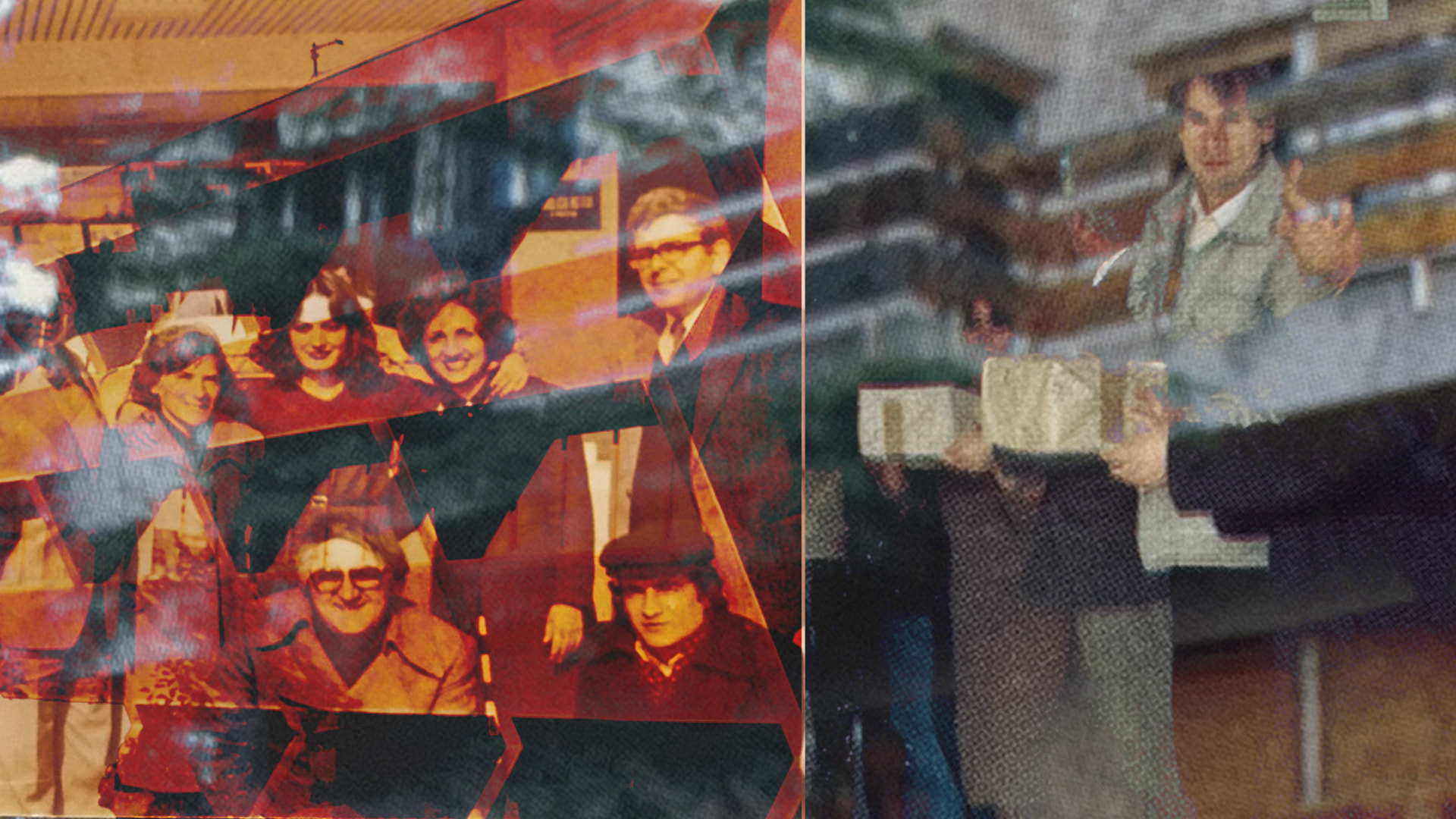
A story of openings and closings
The 70th anniversary of the initial establishment of Prishtina’s Albanological Institute.
|25.01.2024
|

Aurela Kadriu
Aurela Kadriu is a sociologist, researcher and cultural manager. Her research on memory, socio-urbanism, gender and human rights is focused on the recent history of Kosovo and the former Yugoslavia. She is the Program Director of Qendra Multimedia — a cultural organization dealing with cultural production, focused on contemporary theater and literature.
This story was originally written in Albanian.